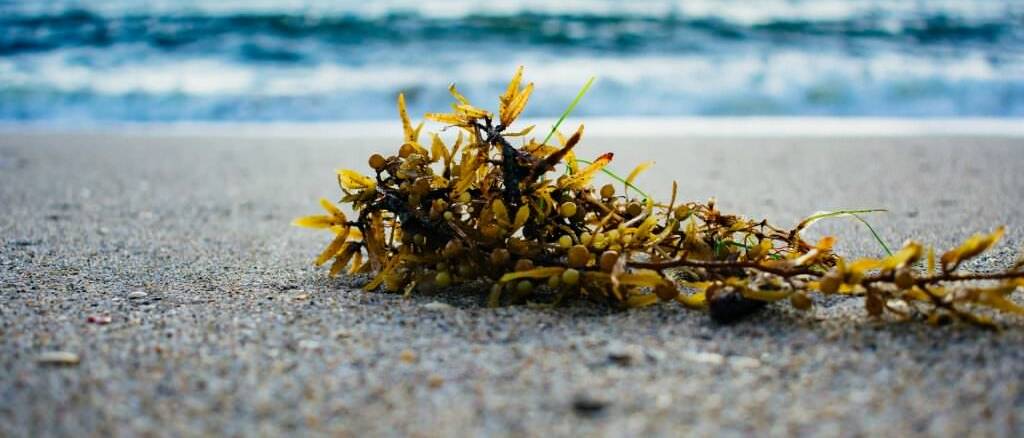Iodine is most abundant in seawater and so is found in highest concentrations in sea vegetables and fish. It has been used therapeutically for 100s of years and iodine in seaweed form stretches back over 1000s of years.
What does iodine do?
Almost half of the bodies iodine resides in thyroid gland and so it is essential for the healthy functioning of the thyroid. The thyroid plays a critical role in many processes within the body such as energy metabolism, body temperature, reproduction and growth.
Iodine is also high in mammary glands and its use in breast health has been well documented – records show even the Ancient Egyptians used seaweed for breast tumours.
What is iodine good for?
Iodine has been used therapeutically for relieving symptoms of or preventing:
Hypothyroidism, fatigue, breast cancer prevention, brain fog, cold hands and feet, headaches, fibromyalgia, atherosclerosis, fibroids, depression, eczema, tonsillitis, goitre, low IQ in children, cognitive deficits, fungal infections, obesity, ovarian cysts.
How much iodine do I need?
The RDA is 150mg/day for men and women and 250mg/day for lactating women
How do I know I need iodine?
It is estimated more than 500 million people worldwide are iodine deficient particularly those in mountainous regions far from the sea.
A key sign of iodine deficiency is goitre (a swelling on the neck from the thyroid) as the thyroid gland swells to compensate for a lack of iodine.
Iodine deficiency in pregnancy can lead to mental and physical retardation of babies.
A common test to see if you are iodine deficient is to paint your feet or another inconspicuous part of the body with Lugol’s Iodine solution. The solution will turn the skin yellow and the time it takes to be absorbed can indicate how deficient your body is of iodine.
Things you need to know about iodine
Some foods contain goitrogens which block the absorption of iodine.
Goitrogenic foods include cabbage, peanuts, soybeans, turnips and rapeseeds.
However, goitrogens are generally inactivated through cooking.
Halogen elements such as chlorine, fluorine, bromine can also block the absorption of iodine. This is because they are chemically related to iodine which is also a halogen and so are able to displace and block uptake of iodine.
Bromine is particularly prevalent as an environmental toxin as it used as a fire retardant chemical which can be found in from children clothes to carpets, mattresses to cars etc..
Where can I find iodine?
- Seaweeds such as kelp, dulse, wakame
- Sunflower seeds, mushrooms, garlic, asparagus,
- Seafood such as shrimp, herring, cod, sardines, halibut
IF YOU LIKED THIS POST you might love these
Natural remedies for constipation
13 November 2021
Support immunity with glutathione
31 October 2021
Can bloating be caused by gut bacteria?
21 August 2020
The health benefits of watermelon
30 May 2020






